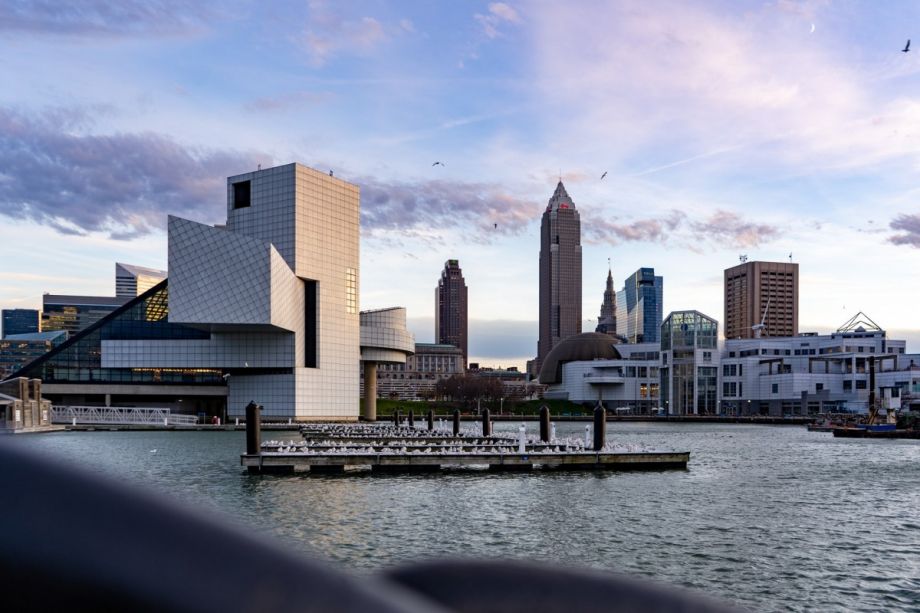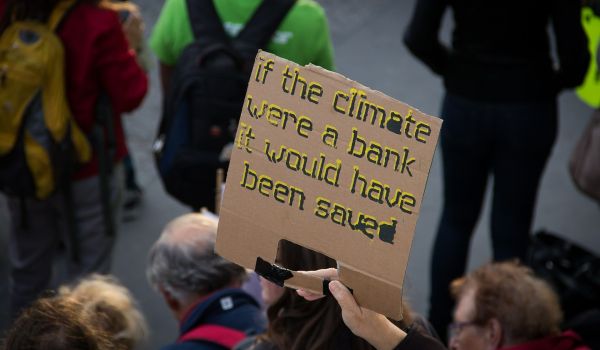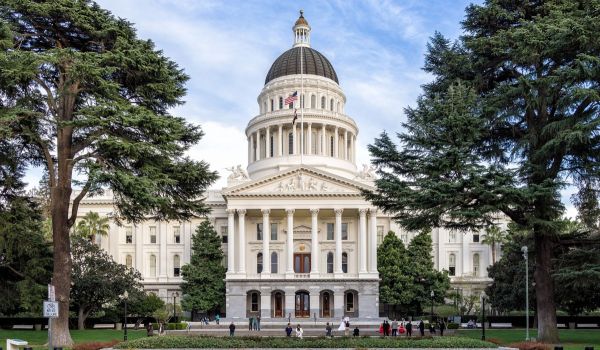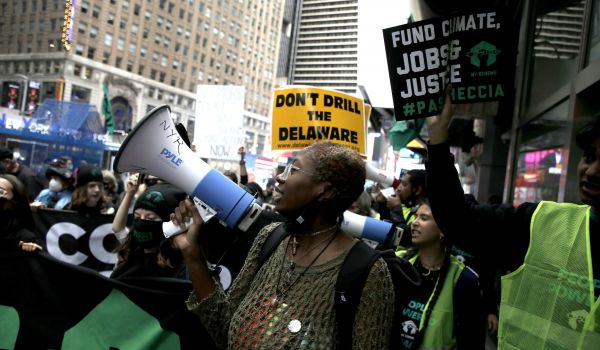The Supreme Court’s recent decision in West Virginia v. EPA is a significant blow to efforts to curb carbon emissions at the federal level and take necessary actions against the growing threat of climate change. With the U.S. Environmental Protection Agency’s authority to regulate emissions curtailed and federal climate legislation still languishing in Congress, the responsibility to make meaningful progress on climate will fall to local leaders.
Cities and counties across the country often rely on the greater resources and expertise of federal agencies like the EPA. Undercutting the EPA’s authority to regulate harmful pollution will impact these communities deeply and delay our efforts to meet our emissions targets.
The mission “to protect” residents’ health and our environment — and to make up the gap between current emissions levels and national goals— now falls on the cities that are already overburdened and under-resourced.
This is unfortunately familiar territory for local leaders. Cities and towns around the country have long been at the frontlines of the climate crisis, and these communities will be the first to feel the strain on local infrastructure and public health resulting from this ruling. It is imperative, now more than ever, that U.S. cities, states, businesses and non-federal institutions act with a unified purpose to rein in pollution and ensure a just transition for all.
Fortunately, mayors have numerous tools at their disposal to fill the void in climate leadership and many have already begun to do so. Here are eight key steps cities and municipalities can take to reduce carbon emissions on their own.
-
Reduce demand. Cities can reduce overall electricity demand and cut demand for fossil fuels by pursuing measures to promote energy efficiency across sectors. In Washington, D.C., the city’s Building Energy Performance Standards (BEPS) set stringent energy efficiency targets for large and small commercial and housing buildings.
-
Limit use of fossil fuel infrastructure. As a significant source of harmful pollution — especially in frontline communities— limiting the operation and construction of fossil fuel infrastructure can greatly reduce local carbon emissions. Cities like Los Angeles are taking steps to close fossil fuel-powered plants it directly owns or co-owns, while cities like Oakland have voted to ban storage and handling of coal within the city’s jurisdiction.
-
Regulate and price emissions and pollution. Incentivizing large commercial and industrial firms and buildings to reduce emissions through taxes and subsidies can cause a significant shift away from fossil-fuel generation, encourage energy efficiency, and promote clean energy alternatives.
-
Shift municipal consumption away from fossil fuels. The municipal footprint can account for a significant chunk of greenhouse gas emissions across sectors. Cities like Houston have taken steps to power municipal facilities with 100% clean, renewable energy. Other cities like Boise have moved to electrify their municipal vehicle fleets.
-
Take shareholder action. Municipal investment funds are a significant lifeline to fossil fuel interests. By divesting from fossil fuels and shifting towards sustainable investments, cities can help reduce the influence of fossil fuels while stimulating clean energy solutions.
-
Support consumers’ switch to clean, renewable energy. Municipalities can provide residents with the tools and resources to choose clean energy sources. San Francisco and Boston have organized community choice aggregation programs, which help consumers switch to clean, renewable sources of electricity at their homes and businesses and reduce overall demand for fossil fuel generation.
-
Adopt a 15-minute city framework. Approaching new development with an eye towards density and accessibility of resources is an efficient way to curb emissions while improving the day-to-day lives of residents. Cleveland has taken this approach, working to become America’s first 15-minute city amidst its broader efforts to promote environmental justice.
-
Champion a clean energy future. Clean energy keeps our communities and our planet healthier while generating opportunities for job growth and economic development. Cities can utilize their broad influence to engage community stakeholders in a transition to clean, renewable energy.
Mayors around the country are committed to leading the way towards the net-zero future we so desperately need and have the tools to make significant strides forward — but we know they cannot do it alone. We need the federal government to help push the necessary changes to reach our emissions targets, with the speed and urgency the climate crisis demands, and open the door to a robust clean energy economy. Robust federal climate policy is essential to reaching our climate goals, generating sustainable jobs and protecting the health and safety of our communities.
In the wake of the court’s decision to hamstring the ability of federal officials to promote practical and efficient emissions reductions, it is critical that Congress act. Cities will continue to lead but the urgency of the climate crisis means all levels of government will need to step up and do their part. Legislation from Congress remains the surest and most durable path to reaching net zero by 2050.
Kate Wright is executive director of Climate Mayors, a bipartisan network of more than 470 U.S. mayors demonstrating meaningful climate leadership.
Laura Jay is regional director for North America at C40 Cities, where she works with 17 North American member cities to help advance climate actions.







_600_350_80_s_c1.jpg)








